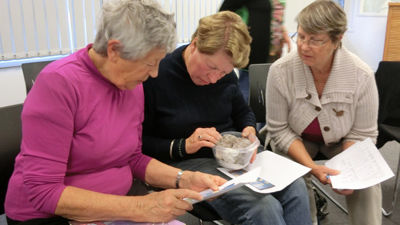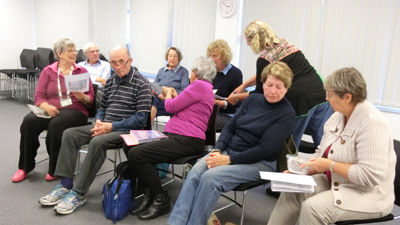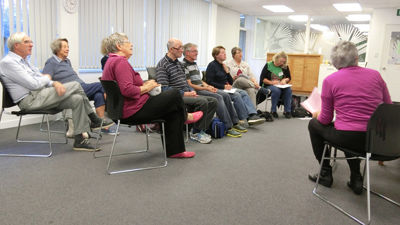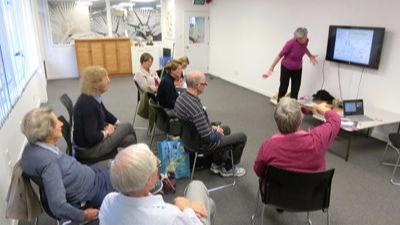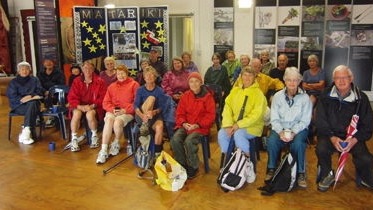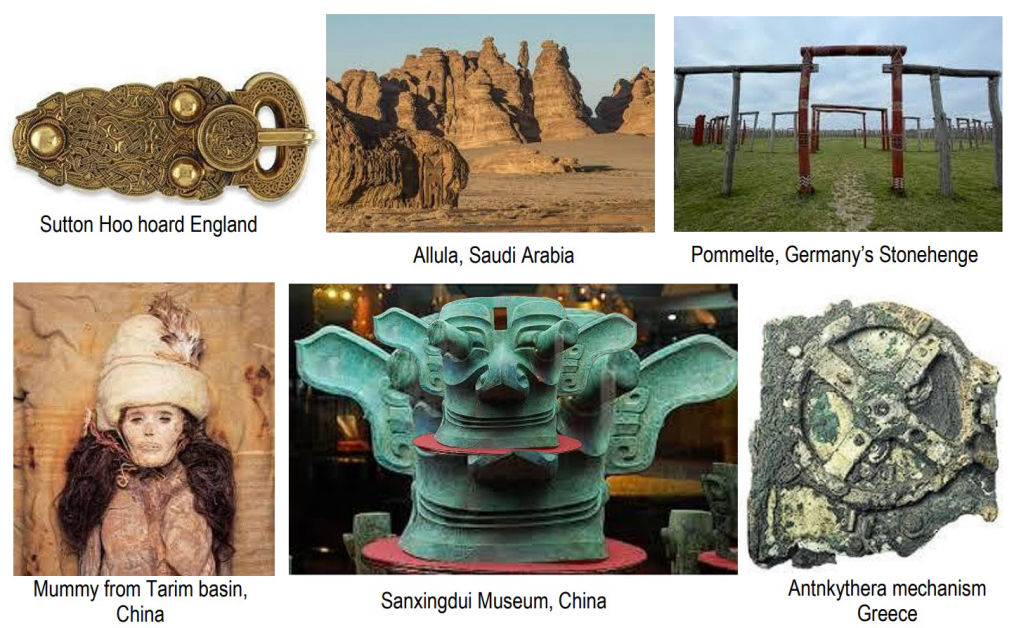
Archaeology
Meets on the 3rd Monday 1.30 pm
Our group meets to learn about and discuss archaeological findings from around the world. Archaeology is an exciting field of science that is rapidly changing, due to the adoption of new scientific methods. Objects found through archaeological excavations are being studied in new ways. Archaeologists have analysed the genetic make-up of ancient human remains to find out where they were born, what they ate and what their lives were like. We do not follow a curriculum, rather each member follows his or her own area of interest and presents to the group. We also watch videos. The last year has been a challenge but with the help of Zoom we have been able to enjoy still meeting, even if virtually!
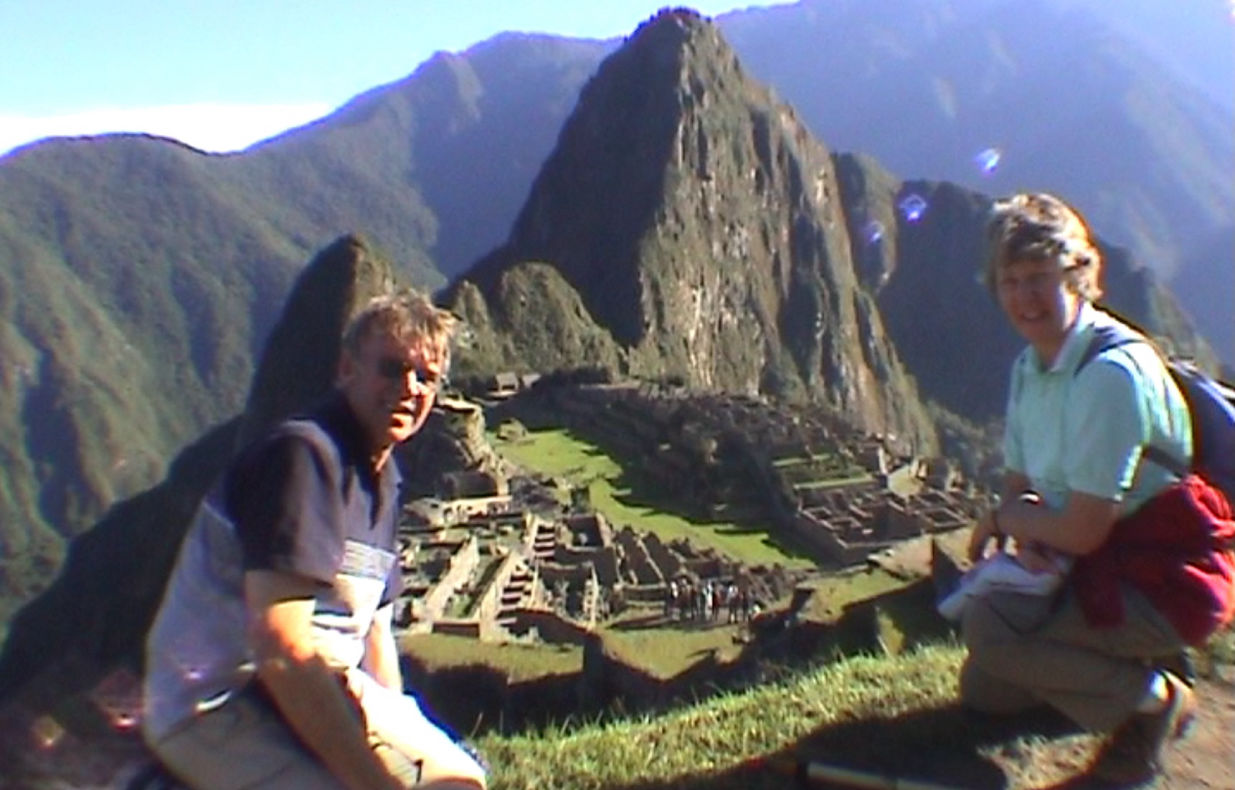
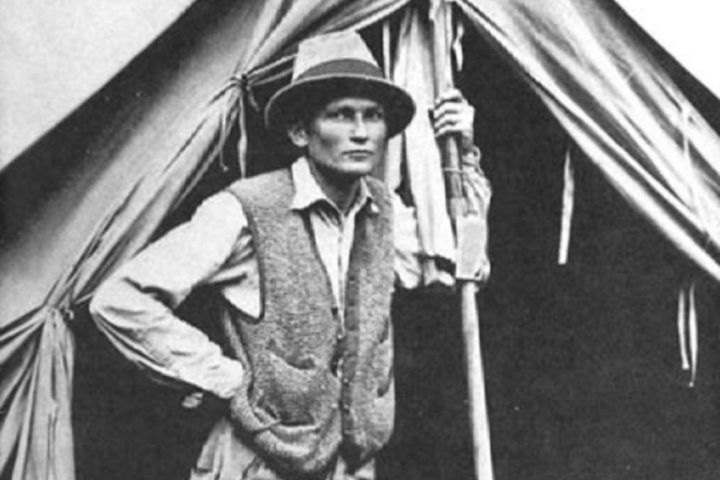

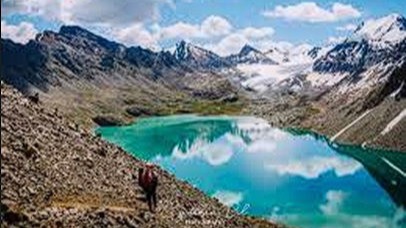
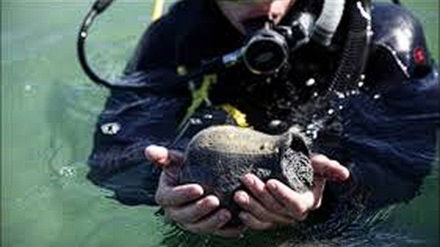
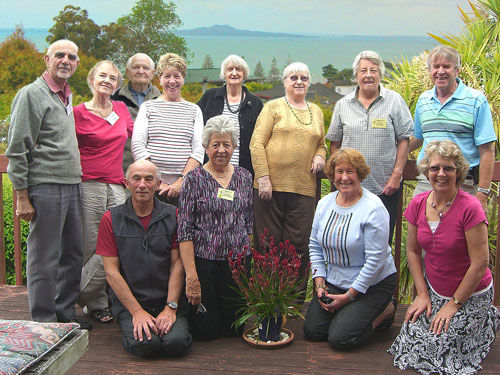
 text 1
text 1
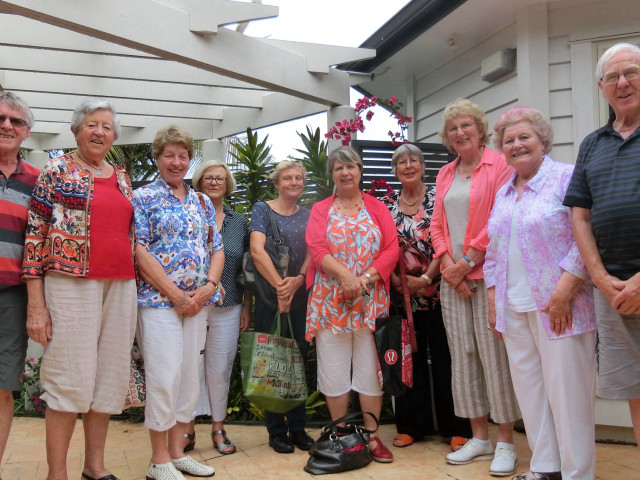 text 1
text 1
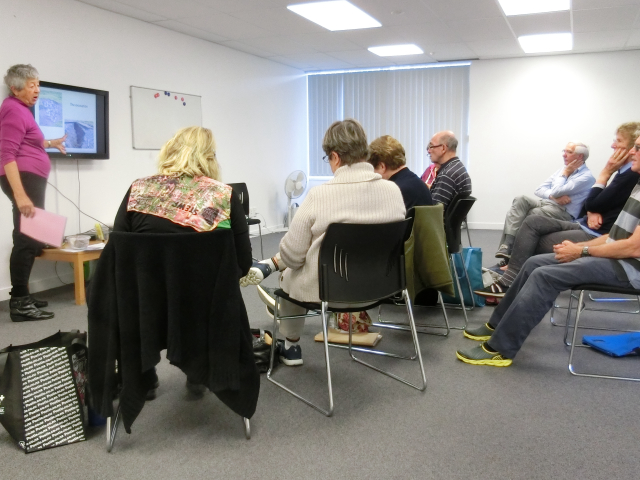 text 1
text 1
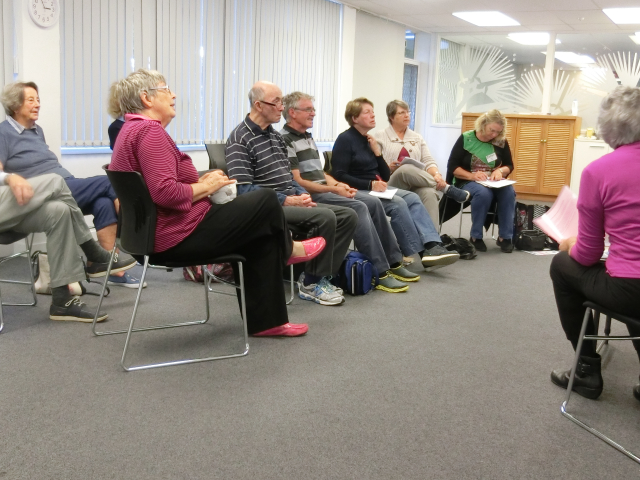 text 2
text 2
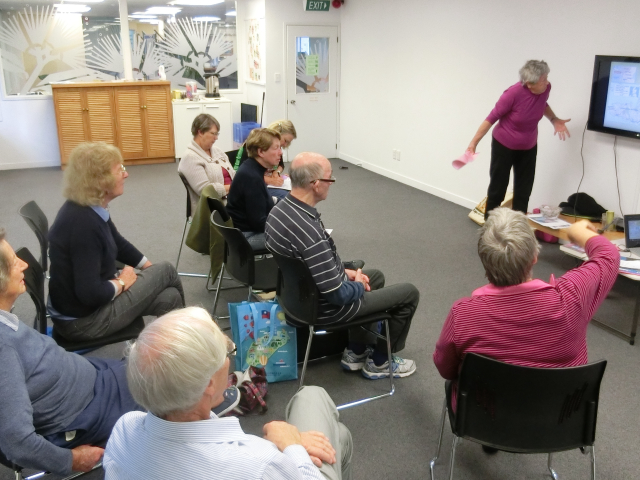 text 1
text 1
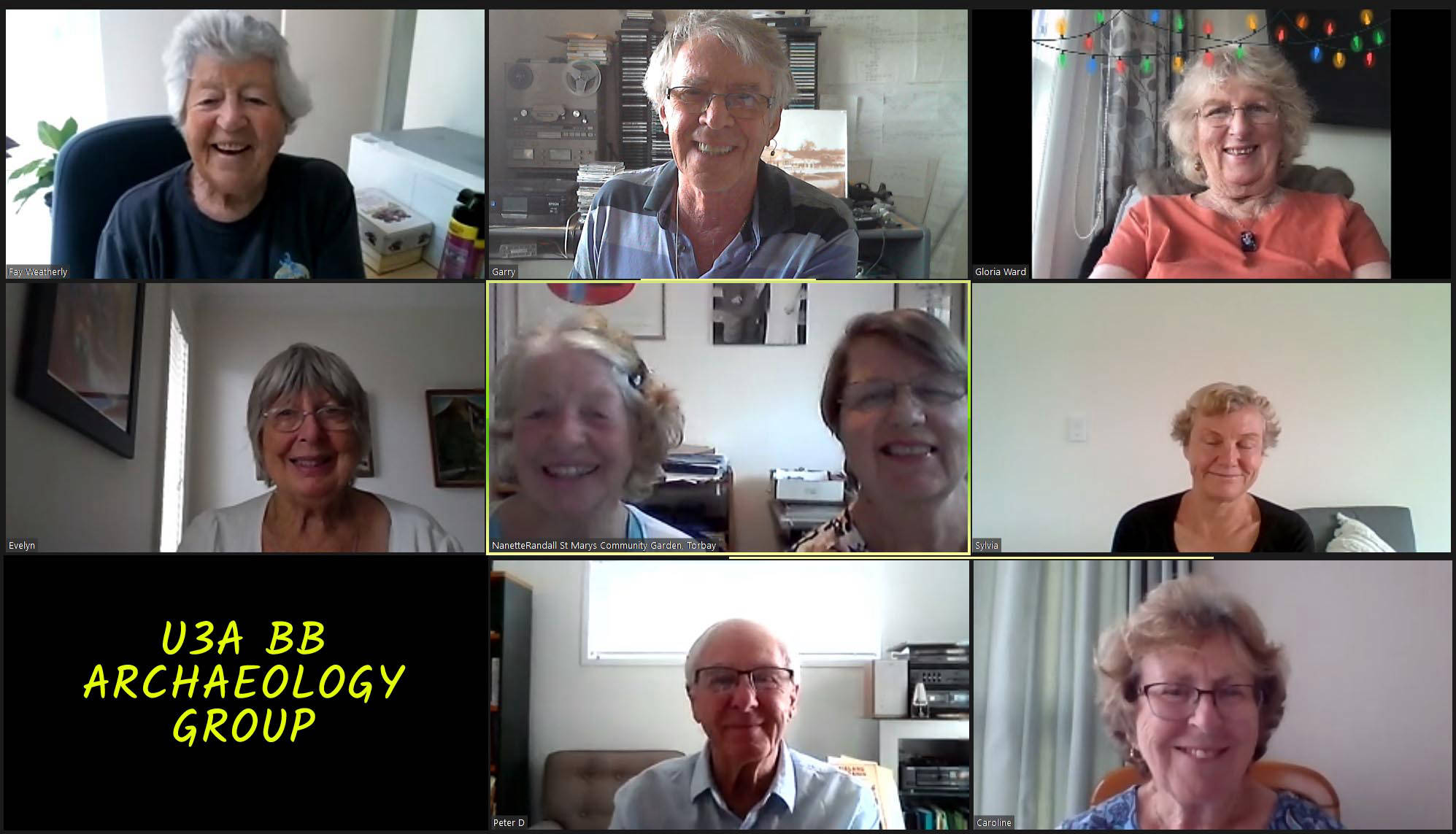 text 1
text 1




